The College of Veterinary Medicine recently celebrated the grand opening of phase I and groundbreaking of phase II for the Dr. Dan Brown Building, home to the Veterinary Medical Diagnostics Laboratory. Go behind the scenes in this photo tour.
Published 4/18/25
Story contact: Deidra Ashley, CVMMarCom@missouri.edu
Photos by Karen Clifford
The University of Missouri College of Veterinary Medicine (CVM) is redefining the future of animal health. With the opening of the Dr. Dan Brown Building, home to the Veterinary Medical Diagnostic Laboratory (VMDL), Mizzou has taken a transformative step forward in diagnostics, research and disease prevention. Named for the late Missouri senator and proud CVM alumnus, the building honors a legacy of public service while advancing a mission that touches every corner of the state — from rural farms to family homes.
Fueled by a total of $73 million investment and a spirit of collaboration among the university, state leaders, private donors and industry partners, this expansion ensures the VMDL remains a trusted leader in veterinary diagnostics. Step inside and see how Mizzou is building a healthier future — for animals, for agriculture, for Missourians and beyond.
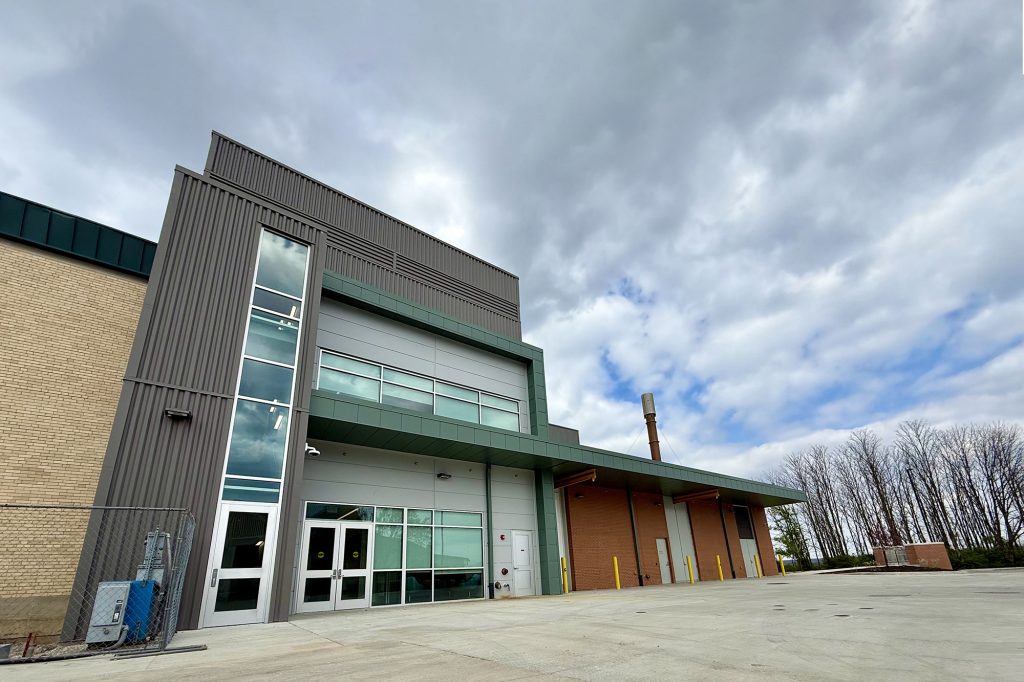
Originally built in 1974, the VMDL’s existing structure could no longer keep pace with the demands of modern diagnostics. Phase I adds 34,200 square feet of advanced lab and training space — laying the groundwork for the next generation of innovation and rapid response.
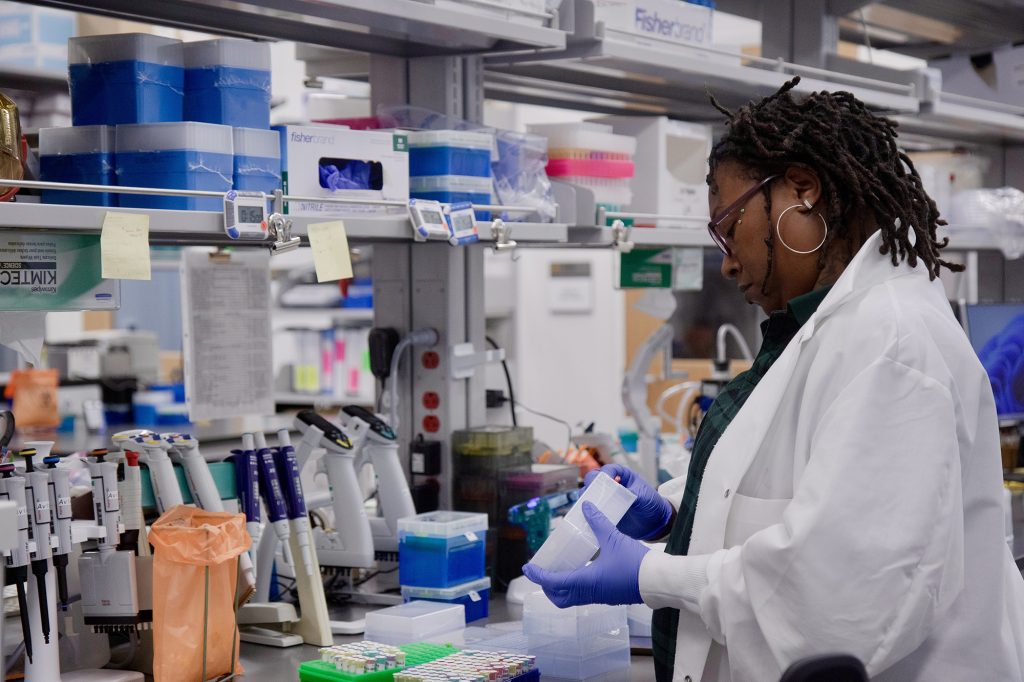
As one of just 35 Level 1 labs in the National Animal Health Laboratory Network and one of 48 in the FDA Veterinary Investigation and Response Network, the VMDL plays a critical role in routine diagnosis of animal disease, outbreak response and food safety. Phase I improvements — including biosafety Level 2 and 3 laboratories, a dedicated classroom and advanced HVAC systems — support faster, safer and more accurate diagnostic and surveillance testing.

Agriculture is Missouri’s largest industry, and the VMDL helps keep it strong. The recent expansion strengthens the lab’s capacity to detect, track and respond to livestock and poultry diseases that pose serious threats to animal health, food security and rural economies. As the state’s only full-service, accredited veterinary diagnostic lab, the VMDL delivers vital early warning and surveillance to stop outbreaks before they start.

With nearly 204,500 tests processed in 2024 alone, the lab’s updated sample handling areas and modernized workflows support Missouri’s $94 billion agriculture economy — and help safeguard the health of animals and people alike. The expanded facility is built for both volume and precision, ensuring the VMDL can meet growing diagnostic demands while maintaining the speed and accuracy clients rely on.
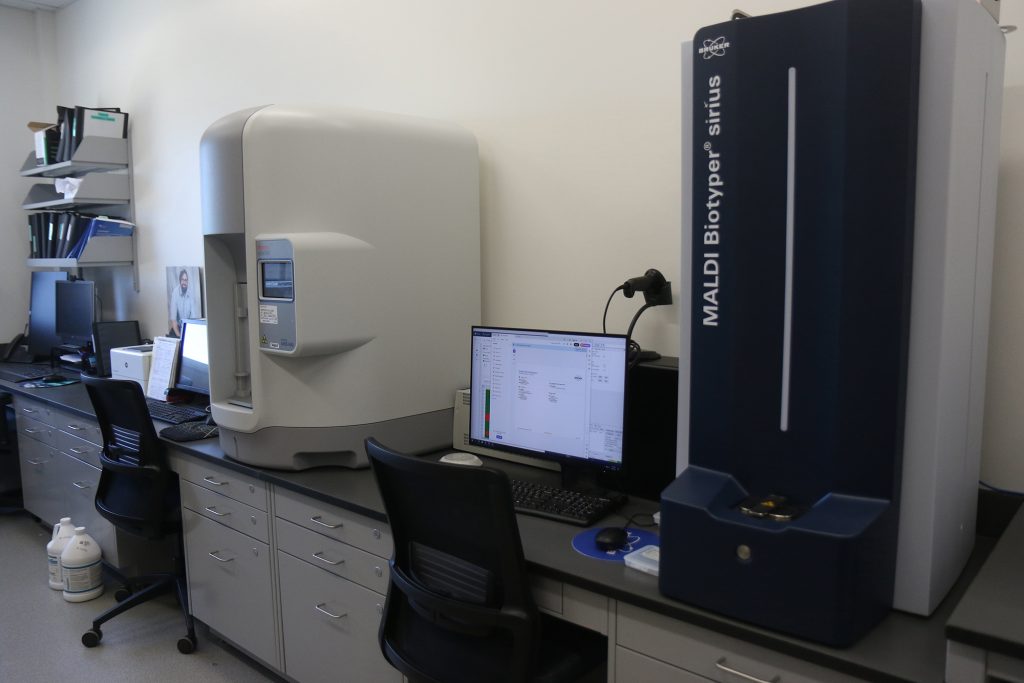
The expansion also includes leading-edge equipment including the MALDI Biotyper, which can determine the species of a bacterial or fungal pathogen in two hours instead of days. These life-changing tools empower faster diagnoses, more targeted treatments and a more efficient use of resources.
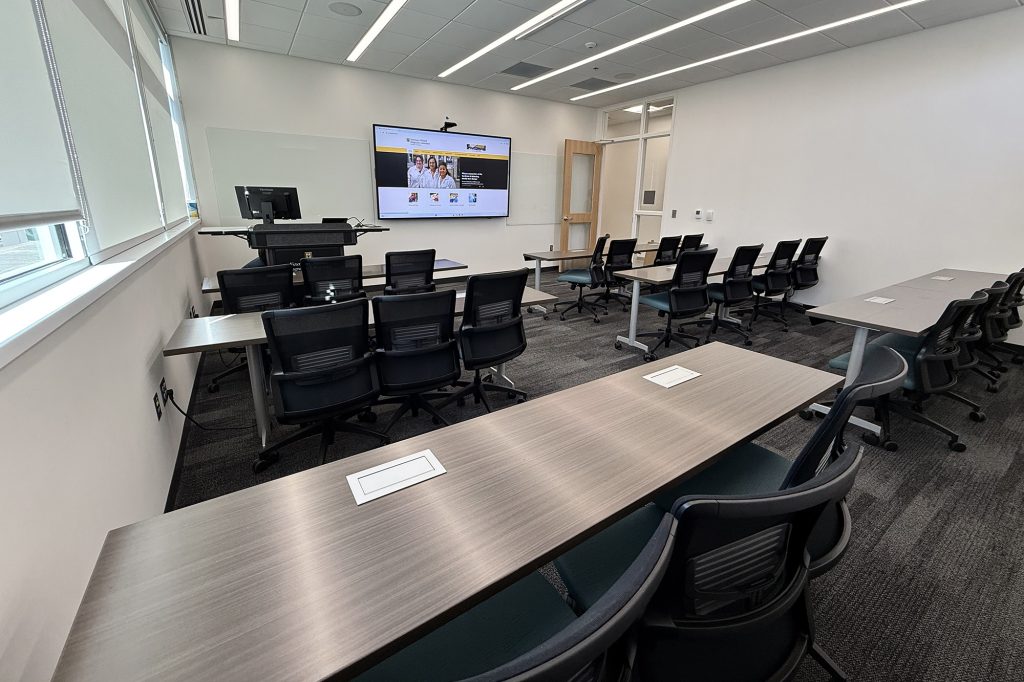
The expansion’s technology isn’t just enhancing diagnostics — it’s reshaping education. This flexible, tech-enabled classroom supports hands-on learning and collaboration for students. With interactive displays and two-way communication, it even allows students or clients to observe and engage with live-streamed necropsy procedures — enhancing education and service while maintaining safety.

The expanded lab enhances the team’s ability to process submissions from across the U.S. while continuing to generate valuable teaching materials.
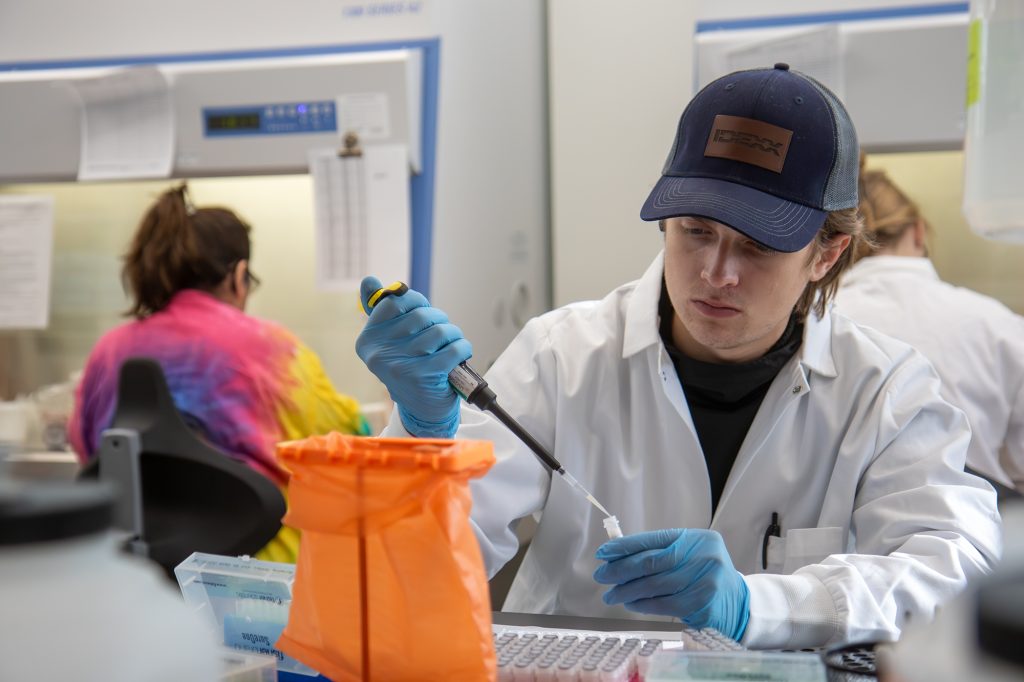
The VMDL serves veterinarians, animal owners and livestock producers statewide. With the Phase I upgrades now in use, the lab is better equipped than ever to provide timely, accurate diagnostics that support animal health and public safety.
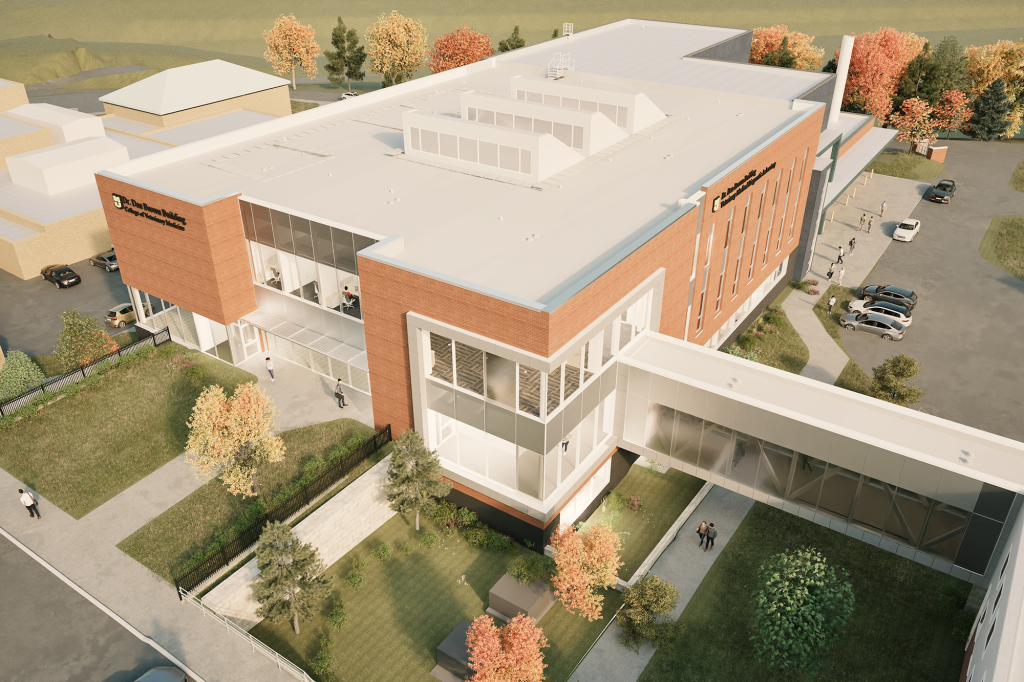
Once complete, the roughly 73,000 square foot complex will provide advanced biosafety and biosecurity, expanded diagnostic capacity, and dedicated teaching and research areas — positioning the VMDL to serve Missouri’s animal and public health needs for decades to come.